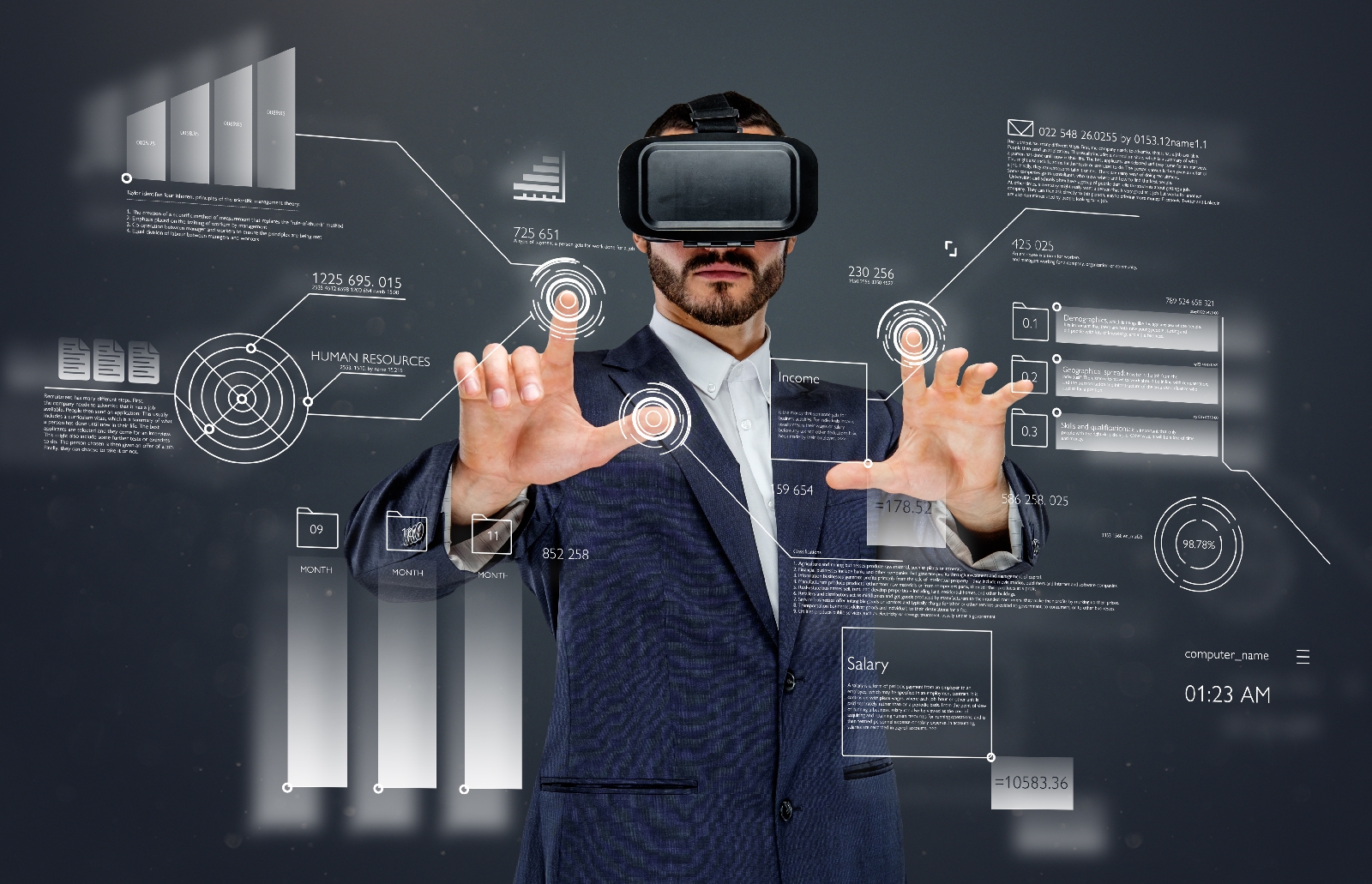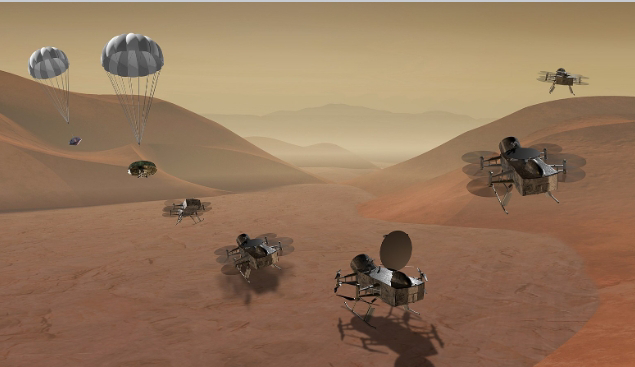3D Printing Technology: Revolutionizing Manufacturing and Beyond 3D printing technology has been gaining popularity in recent years, and for good reason. It is a game-changing technology that is revolutionizing the manufacturing industry and beyond. In this blog post, we will take a closer look at 3D printing technology, its benefits, and its potential impact on various industries.
What is 3D Printing Technology?
3D printing, also known as additive manufacturing, is a process of creating three-dimensional objects from a digital model. Unlike traditional manufacturing methods, which involve cutting or shaping materials, 3D printing builds up the object layer by layer using materials such as plastics, metals, or ceramics.
The process begins with a digital model, which can be created using computer-aided design (CAD) software or obtained from a 3D scanner. The digital model is then sliced into layers, and the 3D printer builds the object layer by layer using the chosen material. The result is a physical object that is an exact replica of the digital model.
Benefits of 3D Printing Technology
3D printing technology offers many benefits, including:
1. Customization: 3D printing technology enables manufacturers to create customized products, tailored to the specific needs of their customers. This can lead to higher customer satisfaction and increased sales.
2. Cost-effectiveness: 3D printing can reduce manufacturing costs by eliminating the need for expensive molds or tooling.
3. Faster prototyping: 3D printing allows for rapid prototyping, which can speed up the product development process and reduce time to market.
4. Reduced waste: 3D printing technology produces less waste compared to traditional manufacturing methods, making it a more sustainable option.
Potential Impact on Various Industries
3D printing technology has the potential to impact various industries, including:
1. Manufacturing: 3D printing technology can streamline the manufacturing process, reduce costs, and increase efficiency.
2. Healthcare: 3D printing technology can be used to create customized medical implants and prosthetics, improving patient outcomes and reducing costs.
3. Construction: 3D printing technology can be used to create complex architectural designs and building components, leading to more efficient and sustainable construction practices.
4. Aerospace: 3D printing technology can reduce the weight of aircraft components, leading to more fuel-efficient and environmentally-friendly airplanes.
Conclusion
3D printing technology is a game-changer that is revolutionizing the manufacturing industry and beyond. Its benefits, including customization, cost-effectiveness, faster prototyping, and reduced waste, make it an attractive option for various industries. With its potential to impact manufacturing, healthcare, construction, aerospace, and other industries, 3D printing technology is a technology to watch in the coming years.





No comments:
Post a Comment